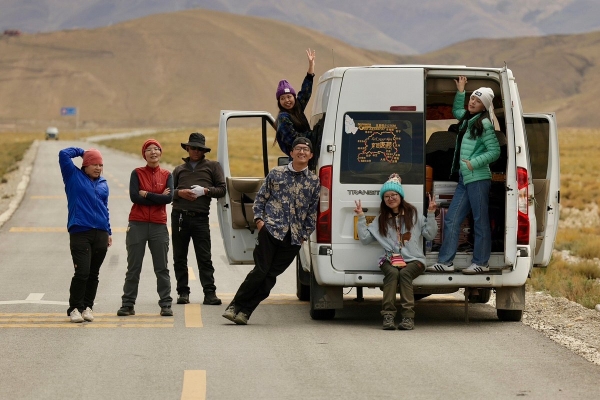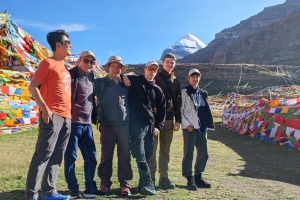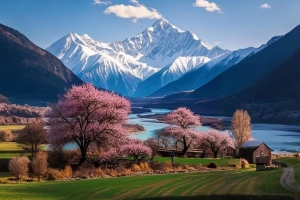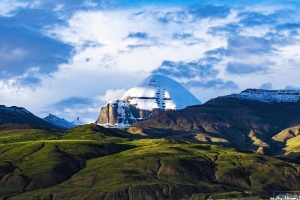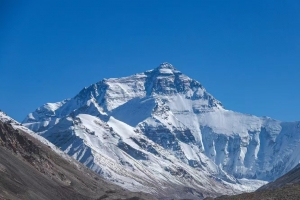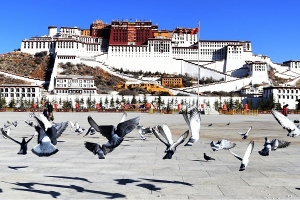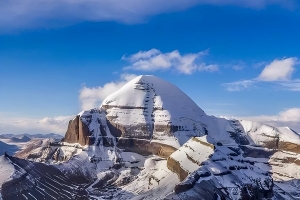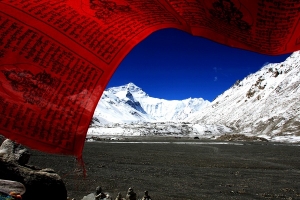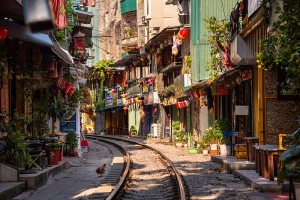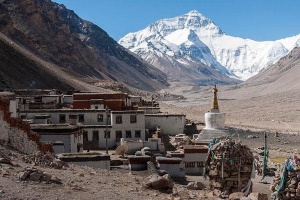Embarking on a journey to Tibet is to step into a realm where ancient traditions and spiritual depth coalesce with the breathtaking splendour of nature. The Tibetan cultural experience is as rich as it is enigmatic, offering travellers a profound insight into a way of life that has withstood the passage of centuries. This guide aims to acquaint the discerning traveller with the quintessential elements of Tibetan culture, ensuring that every step taken on this sacred land is imbued with purpose and reverence.
Understanding Tibetan Heritage
At the heart of Tibetan culture lies a deeply rooted connection with Buddhism. Tibetan Buddhism, with its intricate rituals and storied monasteries, forms the backbone of everyday life here. Visitors are encouraged to explore the myriad of monasteries, where centuries-old traditions are preserved through prayer flags, incense, and the melodious chanting of lamas. Monasteries such as the iconic Potala Palace and Jokhang Temple serve not only as architectural marvels but also as centres of spiritual learning and community gathering.
The artistic expressions found throughout Tibet—be it the vibrant Thangka paintings or the intricate sculptures adorning temple walls—offer a window into the soul of this land. These artworks, often imbued with symbolic motifs and celestial iconography, reflect a worldview where nature, the cosmos, and human endeavour are seamlessly intertwined. For the curious traveller, each mural and carving tells a story of divine wisdom and historical continuity.
Sacred Landscapes and Pilgrimages
Tibet’s terrain is as formidable as it is beautiful, with the vast expanse of the Himalayas serving as a constant reminder of the sublime forces of nature. For many, the journey through these majestic landscapes is as much a spiritual pilgrimage as it is a physical trek. Pilgrims traverse ancient paths lined with prayer flags and stupas, often undertaking arduous journeys on foot to sacred sites such as Mount Kailash—a peak revered by multiple faiths.
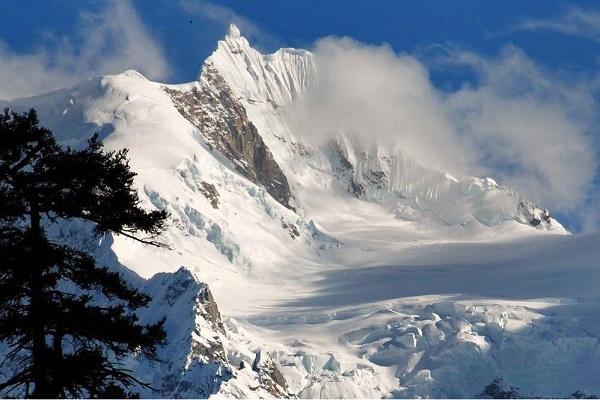
The natural environment of Tibet is more than just a backdrop; it is a living, breathing component of its culture. Travellers will find that the high-altitude plateaus, pristine lakes, and snow-capped peaks offer not only spectacular vistas but also a sense of isolation that prompts reflection and introspection. The silence of these vast expanses is broken only by the whispers of the wind and the faint hum of prayer chants, creating an atmosphere that is both humbling and inspiring.
Cultural Etiquette and Traditions
Understanding and respecting local customs is paramount when visiting Tibet. The Tibetan people are known for their warmth and hospitality, yet they hold their traditions in the highest esteem. It is advisable to adopt a respectful demeanour when engaging with local communities, particularly in sacred spaces such as temples and monasteries.
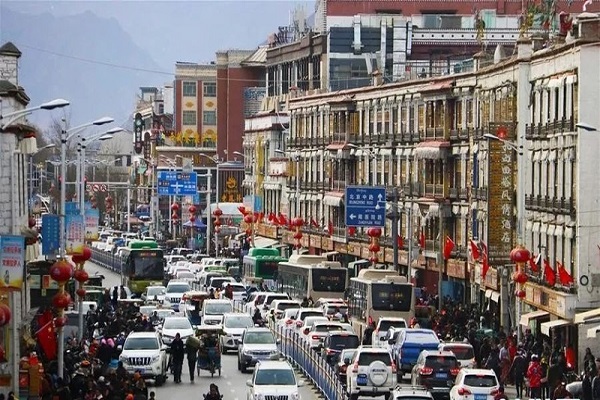
When entering a temple, one should always remove their shoes and dress modestly. The art of making offerings, whether through incense or monetary donations, is a gesture of respect towards the divine and the custodians of the spiritual realm. Conversations with locals often reveal deep-seated philosophies that are reflective of a life intertwined with nature and the metaphysical. Hence, listening attentively and asking thoughtful questions can enrich one’s understanding of Tibetan customs and beliefs.
Gastronomy and Local Delicacies
No cultural exploration is complete without sampling the local cuisine. Tibetan gastronomy is a testament to the ingenuity of a people who have adapted to the rigours of high-altitude life. Staple dishes such as tsampa—a roasted barley flour mixture—and butter tea, with its distinctive salty flavour, are integral to the Tibetan diet. These culinary traditions not only offer sustenance but also serve as cultural rituals that have been passed down through generations.
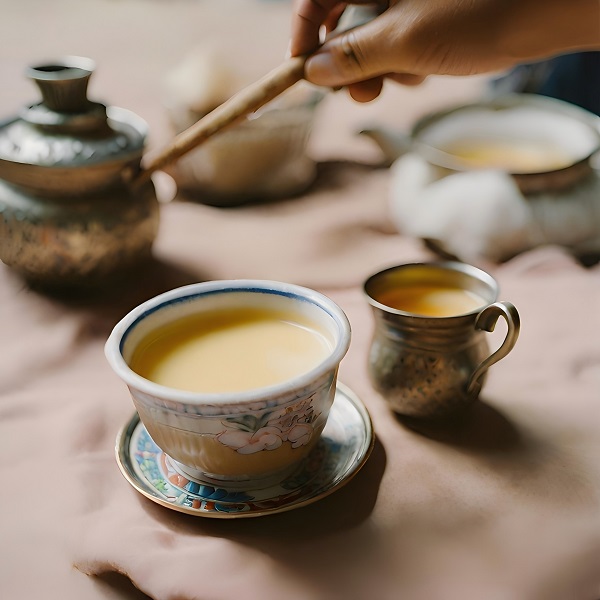
Dining in Tibet is an experience that transcends mere sustenance; it is a celebration of community and shared heritage. Meals are often enjoyed communally, fostering a sense of unity and belonging. For the adventurous gastronome, local eateries and roadside teahouses provide the perfect opportunity to engage with Tibetan life on a personal level, where every bite tells a story of resilience and tradition.
Practical Tips for Travellers
For those planning to traverse this enigmatic land, a few practical considerations can significantly enhance the overall experience. The high altitude of Tibet demands a period of acclimatisation; it is wise to spend a day or two at a lower elevation before venturing into more remote regions. Adequate hydration, a slow pace, and a readiness to adapt to the physical challenges are essential to avoid altitude sickness.
Given the region’s unique political and cultural context, it is prudent to remain informed about local regulations and customs. Travellers should secure the necessary permits well in advance and be mindful of areas that are considered sensitive or restricted. Language barriers can occasionally pose a challenge; however, learning a few basic phrases in Tibetan can go a long way in fostering goodwill and genuine interactions with the locals.
The weather in Tibet can be as unpredictable as it is dramatic. Layered clothing, robust footwear, and a reliable travel companion are indispensable items in one’s packing list. While modern amenities are gradually making their way into this remote region, the experience of travelling in Tibet often means embracing a simpler way of life, where the journey itself is a lesson in patience and humility.
Immersive Cultural Experiences
Beyond the visible attractions, Tibet offers a wealth of immersive cultural experiences that allow visitors to connect with its soul. Participating in a local festival, for instance, can provide unparalleled insights into the vibrant rituals that mark the Tibetan calendar. Festivals such as Losar—the Tibetan New Year—are celebrated with fervour and colour, showcasing traditional dances, music, and communal feasts. These events are not merely spectacles but are deeply rooted expressions of collective identity and spiritual renewal.
Moreover, opportunities to engage with local artisans and practitioners of traditional medicine are abundant. Whether it is learning the delicate art of Thangka painting or understanding the principles of Tibetan herbal remedies, these interactions offer a deeper appreciation of a culture that values the interplay between art, science, and spirituality.
Reflections on the Journey
A journey through Tibet is invariably transformative. The blend of natural beauty, spiritual gravitas, and cultural richness creates an environment where every moment is a lesson in humility and wonder. Travellers are often left with a lasting impression of a people whose lives are a testament to the endurance of tradition amidst changing times.
In the quiet moments of reflection—be it while meditating in the serene confines of a monastery or while watching the sun set over the endless plateau—the true essence of Tibetan culture reveals itself. It is a reminder that in the pursuit of modernity, one must never forsake the timeless wisdom that is found in the quiet corners of the world.
This travel guide is but an introduction to the myriad experiences awaiting those who venture into Tibet. Whether you seek spiritual enlightenment, cultural immersion, or simply a break from the frenetic pace of everyday life, Tibet offers an experience that is both profound and unmistakably unique. Embrace the journey with an open heart, and allow the ancient rhythms of this mystical land to guide you towards a deeper understanding of life itself.

